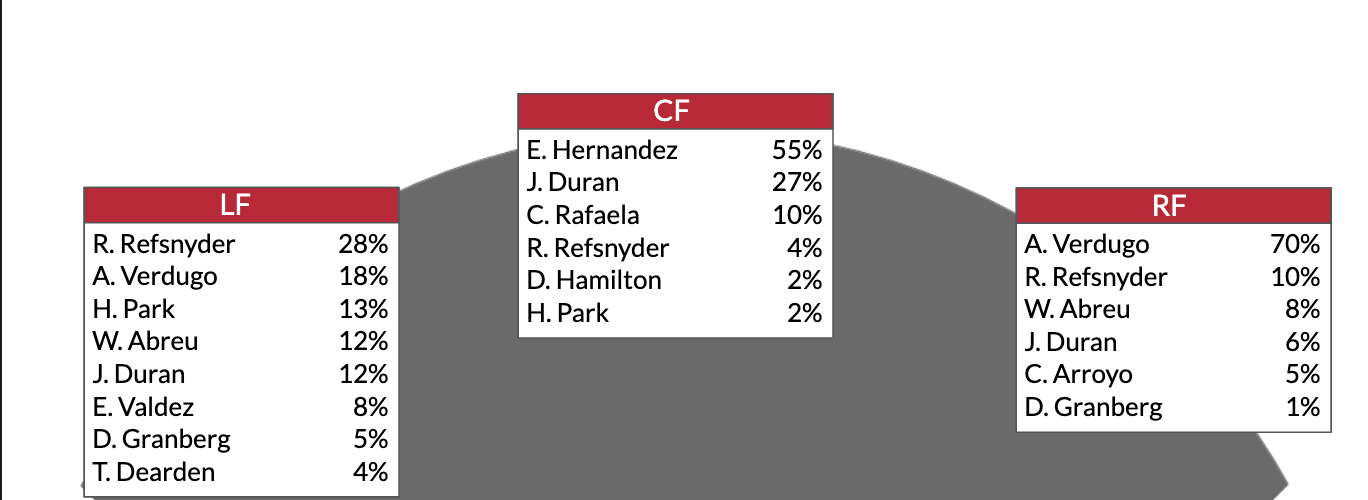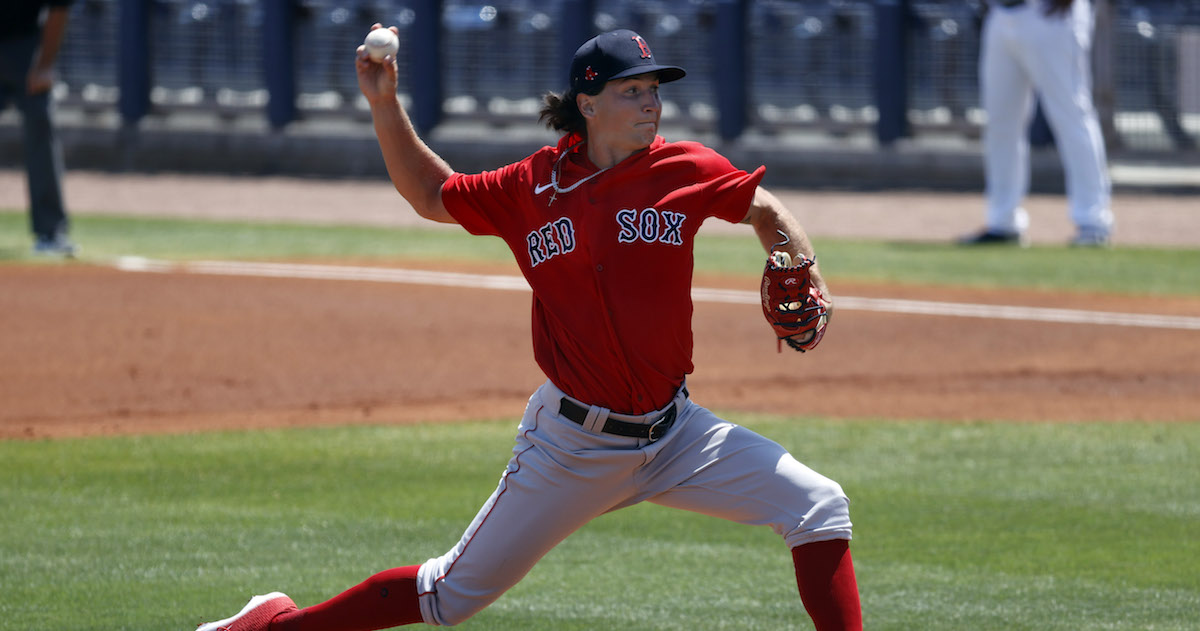The Red Sox Shouldn’t Be Living This Indiana Pacers Life

Masataka Yoshida is an extremely cool ballplayer. The 29-year-old has hit .300/.400/.500 six seasons in a row, and despite 20-homer power and plenty of walks, he never strikes out. I’m serious: in 508 Pacific League plate appearances in 2022, Yoshida walked 80 times and struck out just 41 times. That’s a BB% and K% of 15.7% and 8.1%, respectively. He makes Alejandro Kirk look like Dave Kingman. Now, will a 5-foot-8 left fielder be able to keep hitting 20 homers a year on this side of the Pacific? I don’t know, but I’m excited to find out.
Yoshida is, so far, the crown jewel of the offseason for the Red Sox. Between his five-year contract and posting fee, he cost Boston $105.4 million, a significant outlay for any team. If you roll in the posting fee, that’s within rounding distance of the AAV Brandon Nimmo and Kyle Schwarber got in free agency; that indicates Boston views Yoshida as an impact player at his position.
On Thursday, the Red Sox officially announced Yoshida’s signing and added him to the 40-man roster. In order to make room, they designated Jeter Downs for assignment. And suddenly what should have been a joyous day was dampened by the weight of reflection. Read the rest of this entry »








